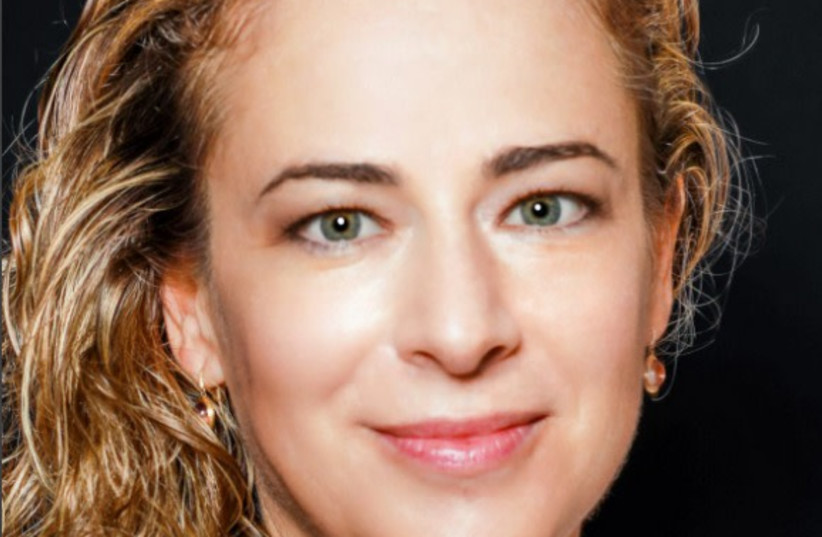Considerable exposure to the sun is generally regarded as harmful – increasing the aging of the skin and skin cancer. But it can be beneficial for some people – for example, women aged 30 to 40 who have difficulty getting pregnant.
In a pioneering study at Tel Aviv University (TAU) and Sheba Medical Center at Tel Hashomer, the ovaries of women in the late reproductive age range were found to secrete more of the anti-Müllerian hormone (AMH) during the summer, likely due to increased exposure to ultraviolet (UV) radiation from the sun.
The team investigated seasonal fluctuations in AMH levels. Their pioneering study revealed that during the summer, women of that late reproductive age experienced increased secretion of the hormone from their ovaries.
Seasonality in AMH levels has been reported to be correlated with variations in vitamin D levels, which are dependent on sunlight exposure. However, the effects of age and its association with solar radiation intensity concerning AMH have never been studied before.
This phenomenon is thought to be due to heightened exposure to the sun’s UV radiation. The “groundbreaking” research was led by Prof. Carmit Levy of the human genetics and biochemistry department in a team effort of doctoral student Roma Parikh and Prof. Yftach Gepner of the School of Public Health, all from the TAU’s Faculty of Medicine and Dr. Ruth Percik from the Institute of Endocrinology at Sheba. The results of the study were published in the journal Steroids under the title “Seasonal AMH variability implies a positive effect of UV exposure on the deterioration of ovarian follicles.”
“This is a preliminary, pioneering human epidemiological study, and we need to be cautious about inferring a causal relationship between fertility in women and exposure to UV radiation. Humans are not the same as mice. However, we are also animals; our hairless nature makes us even more sensitive to solar radiation. Our research suggests that the female reproductive system is indeed more fertile in the summer, but we still have no information on the mechanism or actual success rates.”
“The ovaries secrete AMH, and its level in the bloodstream is linked to ovarian function,” explained Percik. “While the hormone level is specific to an individual woman at a given point in time and does not provide a definitive assessment of the status of her fertility, evaluating its value, trend, and comparison to the age group is the best indicator of fertility that we have. For this reason, every woman who wants to get pregnant or is trying to is sent for an AMH test. In Israel, all of these tests are directed to the central laboratory in Sheba. Our research group investigated the seasonal variability of the AMH tests to gauge how the ovaries respond to UV radiation.”
Estrogen, which is produced by the ovaries, is crucial for the development of the female reproductive system. Estrogen levels are known to fluctuate throughout the menstrual cycle; however, there is no direct known relationship between estrogen and AMH, the researchers stated.
Participants in the study
The researchers compared the AMH results of 2,235 Israeli women to the recorded levels of UV radiation. For younger women aged 20 to 29, no statistical relationship was found between UV exposure and AMH level. On the other hand, among older fertile women aged 30 to 40, a statistically significant seasonal pattern emerged: These women, whose egg reserves are in decline, responded positively to sun exposure.
“Based on our prior studies, we can affirm that sun exposure increases metabolism, sexual appetite, and behavior, and, at least in animal models, enlarges the ovaries and extends the estrus period,” explained Levy.
Particularly interesting is the absence of this effect among younger women in their 20s. Persik suggested that this could be attributed to the ample egg reserve found in young women.

“Based on my interpretation of the findings, women at the onset of their reproductive age are less in need of signals from the sun, which affect hormonal pathways that have not yet been sufficiently studied. They are less impacted or dependent on the forces of nature in the context of fertility. In contrast, older ovaries need optimal environmental factors to function,” she said. “This effect was even more pronounced among women aged 35 and older. Of course, there are caveats: Exposure to the sun’s UV radiation should always be done in moderation, and further research is required to determine whether such exposure helps fertility, and how much exposure is needed.”
